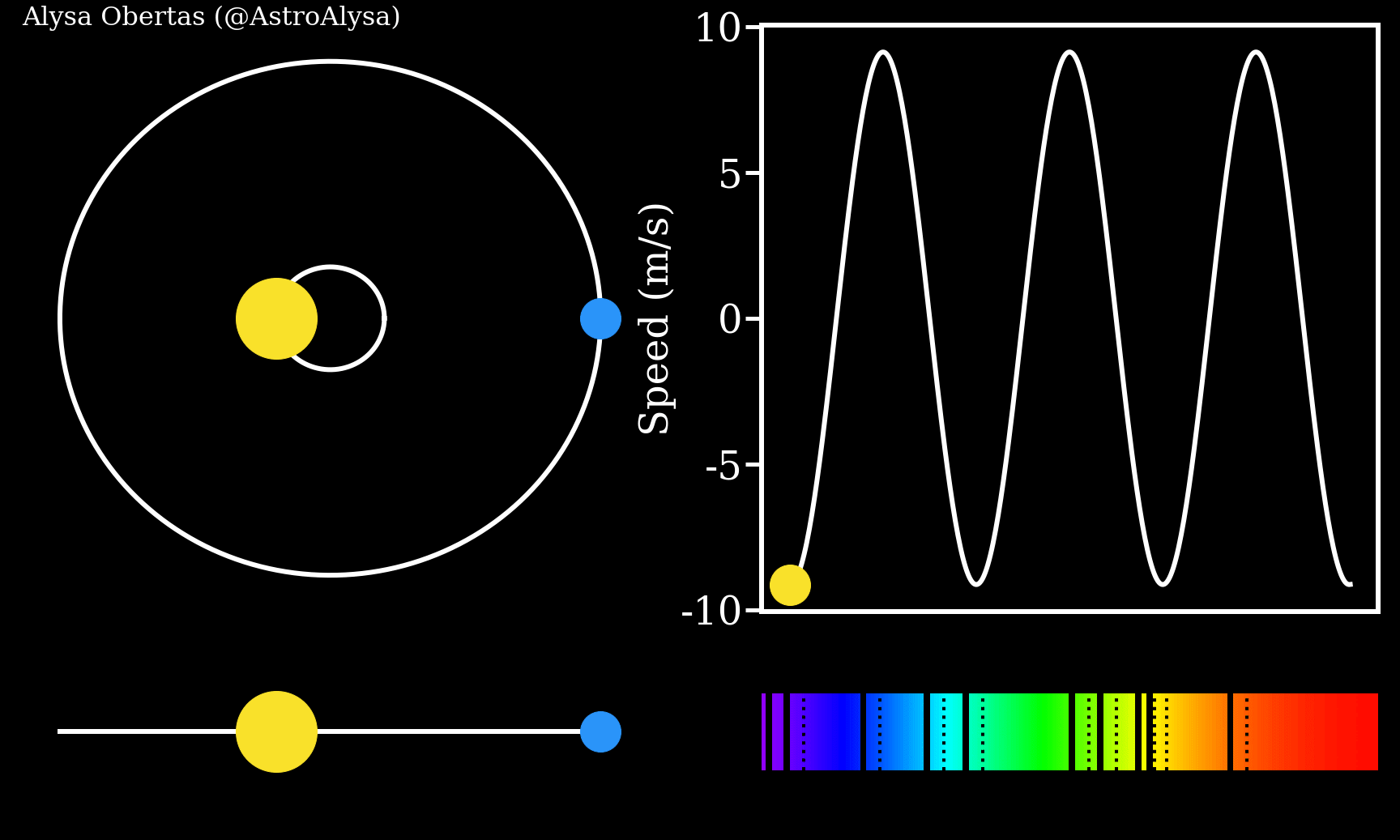We may not have found many planetary systems like our own Solar System. Still, there's one thing they do seem to have in common: They appear to be made out of good ol' ordinary baryonic matter – you know, the stuff our planetary system is made of.
But what if there are planets out there that are made of other stuff: particles outside the Standard Model? What if there are planets made of the mysterious stuff we call dark matter?
No one can answer that question one way or another, at least not with our current knowledge. But a team of scientists led by theoretical physicist Yang Bai of the University of Wisconsin-Madison wanted to know how these hypothetical planets would manifest – and if we could detect them if they're real.
The short answer is yes, if certain conditions are met, and the researchers laid out why in a paper published on the preprint server arXiv.
There are a lot of outstanding mysteries in this Universe of ours, but one of the biggest has to be dark matter. We don't know what dark matter is, and we don't know what it looks like or what it's made of. The only thing we know for sure is that the gravity in the Universe is in serious excess of the amount of baryonic matter.
Once you've accounted for every galaxy, every star, and every cloud of dust drifting silent and dark between the stars, there's still way more gravity than there should be. We don't know what's responsible for it, but we call that mystery source dark matter, and there are several theoretical candidates that scientists are investigating.
Broadly, these candidates can be divided into two categories: single particles, and composites, including macroscopic blobs of dark matter, or Macros, that could have planet-scale masses. And, as Bai and his colleagues explain, "A macroscopic dark matter state with its mass and/or radius similar to those of a planet will behave as a dark exoplanet if it is bounded to a star system, even if the object's underlying physics resembles something else entirely."
Our current methods of detecting exoplanets are largely, currently, based on the effect an exoplanet has on the light of its host star. We can also use this information to measure the exoplanet's properties.
An exoplanet passing between us and its star, a passage known as a transit, will cause the star's light to dim a tiny bit. Astronomers can measure the depth of the dimming to calculate the radius of the exoplanet. Exoplanets also cause their stars to move a little bit, as the two move around a mutual center of gravity, detectable in changes in the wavelength of the star's light. The amount of motion, called radial velocity, can be used to calculate the exoplanet's mass.

With these measurements in hand, we can calculate the density of an exoplanet and thus determine how it is constructed. A low density, like that of Jupiter, implies a huge, low-density atmosphere, a gas giant. A higher density, like that of Earth, implies a rocky composition. Generally, the former has larger radii and the latter smaller.
According to Bai and his colleagues, this could be used to detect potential dark matter exoplanets. A dark matter exoplanet might have different properties than expected from ordinary exoplanets in ways that defy our current understanding of planet formation. You might get an exoplanet denser than iron, for instance, or one so low-density that its existence is impossible to explain.
Currently, no such outliers have been identified, but a scientist can dream.
In addition, astronomers have been able to probe the atmospheres of exoplanets based on transit data. They measure the spectrum of light from the star during transits and compare it to the light of the star normally, looking for dimmer and brighter wavelengths.
This signifies that some light has been absorbed and/or re-emitted by molecules in the exoplanet's atmosphere; scientists can analyze this data to determine what those molecules are. If the transit spectrum reveals some serious anomalies, that could indicate the presence of a dark matter exoplanet.
If radial velocity suggests that an exoplanet should transit, and then no transit is observed, that could be a clue pointing to dark matter exoplanets. And if a transit dip, known as a light curve, displays an unexpected shape, that, too, could be a hint.
"Due to its tiny but non-vanishing interaction strength with the Standard Model particles, the dark matter exoplanet may not be completely opaque, rendering a light curve shape distinguishable from that of an ordinary exoplanet," the researchers write.
Bai and his colleagues calculated what this light curve could look like, laying down the simple groundwork for a more complex theoretical analysis.
There are several ways the work could be improved, the team notes. They've only considered circular orbits, for example; many exoplanets, however, have elliptical orbits, especially those that may have been captured in a star's gravity, as one might expect dark matter exoplanets to be. Also, planet properties have been kept relatively simple.
"Further study on early dark matter exoplanet–stellar-system formation and dark matter exoplanet capture would help in elucidating the possibility of detecting dark matter exoplanets and would be necessary for bounds to be set on dark matter exoplanet abundance if they are not detected," the researchers conclude.
The paper is available on the preprint server arXiv.
